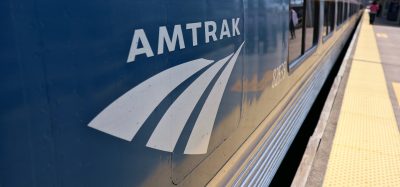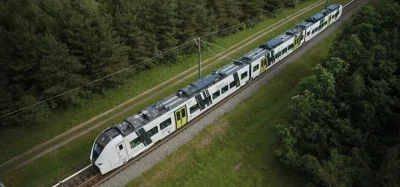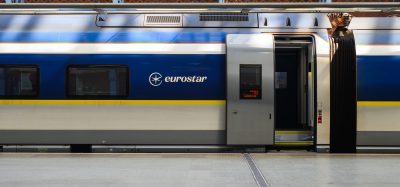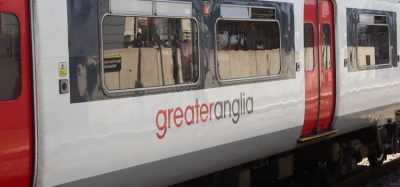In-cab ETCS level 2 successfully tested on GTR train
Posted: 21 September 2021 | Global Railway Review | No comments yet
As part of the East Coast Digital Programme, Govia Thameslink Railway has successfully tested one of its Great Northern Moorgate Class 717 trains using the digital in-cab signalling system ETCS level 2.
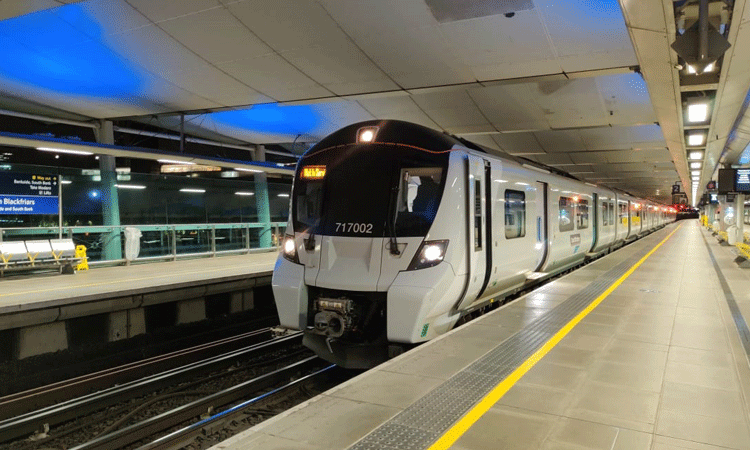

Moorgate unit 717002 off route at London Blackfriars, testing ETCS as part of the East Coast Digital Programme. Credit: Govia Thameslink Railway (GTR)
The ETCS level 2 testing provided important real-world proof of the track-to-train specification required to enable a confident migration to ETCS on the Northern City Line, the first tranche of the East Coast Digital Programme.
Unit 717002 ran faultlessly using an upgraded baseline of the current Class 700 Thameslink ETCS system (3.4.0 onboard over 2.3.0d trackside), through the Thameslink ‘core’, between St Pancras and Blackfriars in central London.
GTR’s Class 717 Moorgate trains are already fitted with ETCS but this is the first time it had been tested on Network Rail infrastructure across this specification. The Thameslink ‘core’ already has ETCS signalling infrastructure on which it can be tested.
By continually communicating with the train, ETCS will smooth and maximise the flow of trains, to create a more dynamic, more reliable, safer and more flexible railway.
Oliver Turner, who heads up GTR’s input to the industry-wide East Coast Digital Programme, said: “On the Northern City Line, the new signalling system being installed on our trains and tracks will save passengers thousands of hours of delay caused by the current ageing system.
“A key milestone was to run one of our Moorgate trains in ETCS mode using the software that will be ultimately used across the East Coast Mainline. I’m pleased to report it did that with flying colours.”
The East Coast Main Line is a mixed-use railway, with trains of different sizes and speeds, passenger and freight, all using the same tracks. This radio-based signalling recognises these different trains and will allow train and track to talk to each other continuously in real-time, providing a higher performing and more reliable railway.
“This is the first time a train of this specification has been tested dynamically, in the real world, against the infrastructure specification,” commented Toufic Machnouk, Director Industry Partnership Digital, Network Rail. “It represents a small but significant step for the East Coast Digital Programme and is a crucial point of confidence for a smooth migration to ETCS operations, delivering progressive benefits to passengers.”
OUT NOW: The Definitive Guide to Rail’s Digital Future
The rail industry is undergoing a digital revolution, and you need to be ready. We have released our latest market report, “Track Insight: Digitalisation.”
This is not just another report; it’s your comprehensive guide to understanding and leveraging the profound technological shifts reshaping our industry. We move beyond the buzzwords to show you the tangible realities of AI, IoT, and advanced data analytics in rail.
Discover how to:
- Optimise operations and maintenance with real-time insights.
- Enhance passenger services through seamless, high-speed connectivity.
- Leverage technologies like LEO satellites to improve safety and efficiency.
Featuring expert analysis from leaders at Nomad Digital, Lucchini RS, Bentley Systems and more, this is a must-read for any rail professional.
Related topics
European Train Control System (ETCS), Rolling Stock Components (Interior/Exterior), Route Development, Signalling, Control & Communications, Technology & Software



